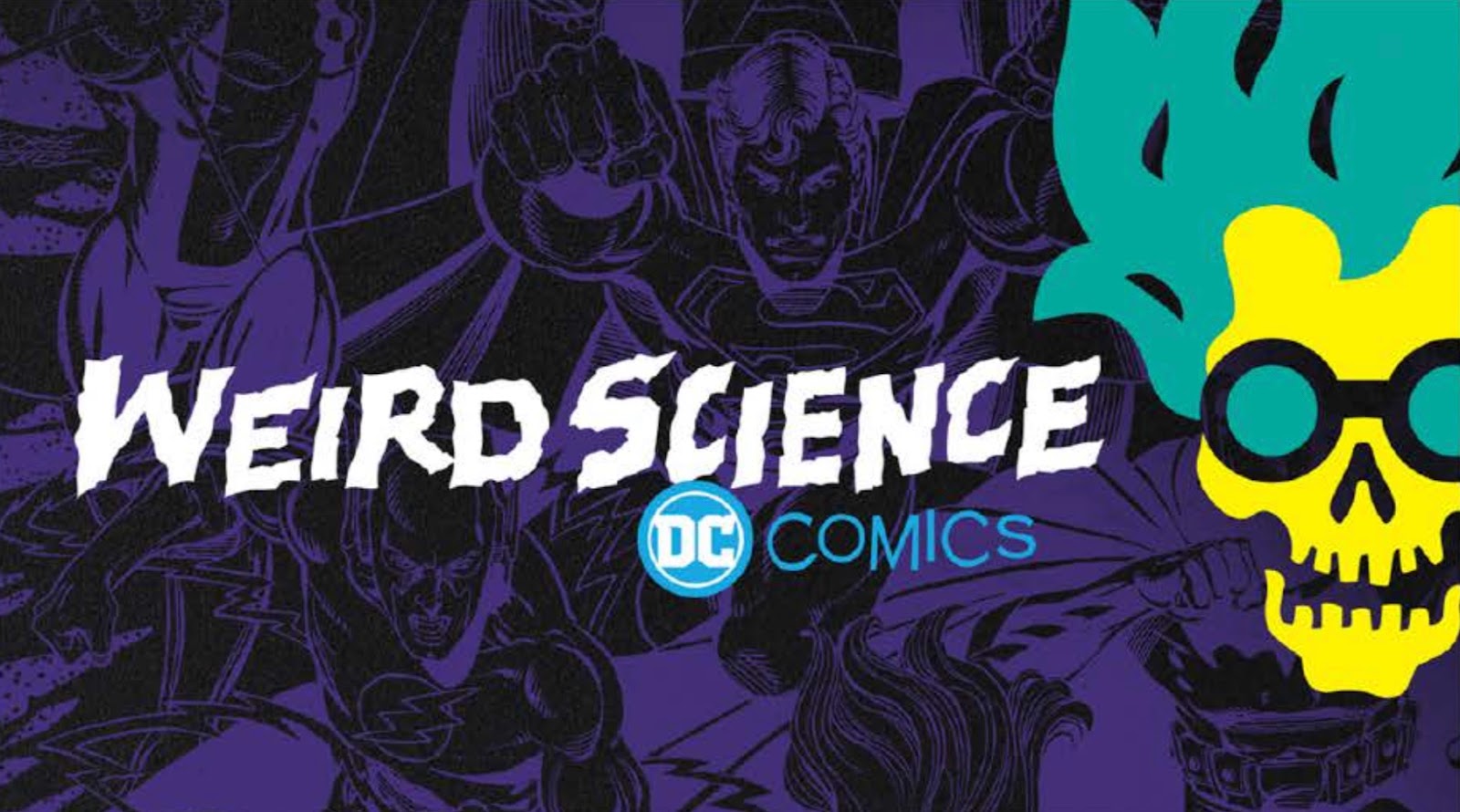Written by: Joelle Jones
Art by: Jason Howard, Cary Nord, Daniel Bayliss
Colors by: Tamra Bonvillain, Daniel Bayliss
Letters by: Clayton Cowles
Cover art by: Jorge Corona, Sarah Stern (cover A)
Cover price: $4.99
Release date: December 10, 2025
Wednesday, December 10, 2025
DC K.O.: WONDER WOMAN VS. LOBO #1 - Review
AQUAMAN #12 - Review
Written by: Jeremy Adams
Art by: John Timms
Colors by: Rex Lokus
Letters by: Dave Sharpe
Cover art by: John Timms
Cover price: $3.99
Release date: December 10, 2025
Aquaman #12, by DC Comics on 12/10/25, marks Round Two of DC K.O., DC's tournament arc, and delivers a battle that doesn't just if Aquaman can win, but what he's willing to become to do it.
ABSOLUTE BATMAN #15 - Review
Written by: Scott Snyder
Art by: Jock
Colors by: Frank Martin
Letters by: Clayton Cowles
Cover art by: Nick Dragotta, Frank Martin (cover A)
Cover price: $4.99
Release date: December 10, 2025
Absolute Batman #15, by DC Comics on 12/10/25, trades the venom-soaked cage match with Bane for a historical deep dive into a shadowy new threat: a man named Jack Grimm.
Wednesday, December 3, 2025
DC K.O.: SUPERMAN VS. CAPTAIN ATOM #1 - Review
Written by: Joshua Williamson
Art by: Sean Izaakse
Colors by: Trish Mulvihill, HI-Fi
Letters by: Dave Sharpe
Cover art by: Jorge Corona, Sarah Stern (cover A)
Cover price: $4.99
Release date: December 3, 2025
DC K.O. KNIGHTFIGHT #2 - Review
Written by: Joshua Williamson
Art by: Dan Mora
Colors by: Triona Farrell
Letters by: Tom Napolitano
Cover art by: Dan Mora (cover A)
Cover price: $3.99
Release date: December 3, 2025
DC K.O. Knightfight #2, by DC Comics on 12/3/25, strips Batman down to his existential core, forcing him through a reality-warping gauntlet designed specifically to break his psyche.
BATMAN #4 - Review
Written by: Matt Fraction
Art by: Jorge Jimenez
Colors by: Tomeu Morey
Letters by: Clayton Cowles, Jorge Jimenez
Cover art by: Jorge Jimenez (cover A)
Cover price: $4.99
Release date: December 3, 2025
Wednesday, November 26, 2025
ABSOLUTE BATMAN #14 - Review
Written by: Scott Snyder
Art by: Nick Dragotta
Colors by: Frank Martin
Letters by: Clayton Cowles
Cover art by: Nick Dragotta (cover A)
Cover price: $4.99
Release date: November 26, 2025
DC K.O. #2 - Review
Written by: Scott Snyder, Joshua Williamson
Art by: Javi Fernandez, Xermanico
Colors by: Alejandro Sanchez
Letters by: Hassan Otsmaen-Elhaou
Cover art by: Javi Fernandez, Alejandro Sanchez
Cover price: $5.99
Release date: November 26, 2025
Friday, November 21, 2025
BATMAN / DEADPOOL #1 - Review
Written by: Grant Morrison
Art by: Dan Mora
Colors by: Alejandro Sanchez
Letters by: Todd Klein
Cover art by: Dan Mora (cover A)
Cover price: $7.99
Release date: November 19, 2025
Thursday, November 20, 2025
NEW GODS #12 - Review
Written by: Ram V
Art by: Evan Cagle, Phil Hester, Ande Parks
Colors by: Francesco Segala
Letters by: Tom Napolitano
Cover art by: Nimit Malavia
Cover price: $3.99
Release date: November 19, 2025
The New Gods #12, by DC Comics on 11/19/25, is the series finale’s boiling point, and it’s got more high-stakes soul searching than a Wall Street analyst staring down lunchtime.
Wednesday, November 19, 2025
ABSOLUTE FLASH #9 - Review
Written by: Jeff Lemire
Art by: Nick Robles
Colors by: Adriano Lucas
Letters by: Tom Napolitano
Cover art by: Nick Robles (cover A)
Cover price: $4.99
Release date: November 19, 2025
Thursday, November 13, 2025
BATMAN/STATIC: BEYOND #1 - Review
Written by: Evan Narcisse
Art by: Nikolas Draper-Ivey
Colors by: Wil Quintana
Letters by: Wes Abbott
Cover art by: Nikolas Draper-Ivey (cover A)
Cover price: $4.99
Release date: November 12, 2025
Wednesday, November 12, 2025
GREEN LANTERN CORPS #10 - Review
Written by: Morgan Hampton
Art by: Ig Guara, Fernando Pasarin, Will Conrad, Oclair Albert
Colors by: Arif Prianto, Matt Herms
Letters by: Dave Sharpe
Cover art by: Fernando Pasarin, Oclair Albert, Arif Prianto
Cover price: $3.99
Release date: November 12, 2025
AQUAMAN #11 - Review
Written by: Jeremy Adams
Art by: Nimit Malavia
Colors by: Rex Lokus
Letters by: Dave Sharpe
Cover art by: Gleb Melnikov (cover A)
Cover price: $3.99
Release date: November 12, 2025




























